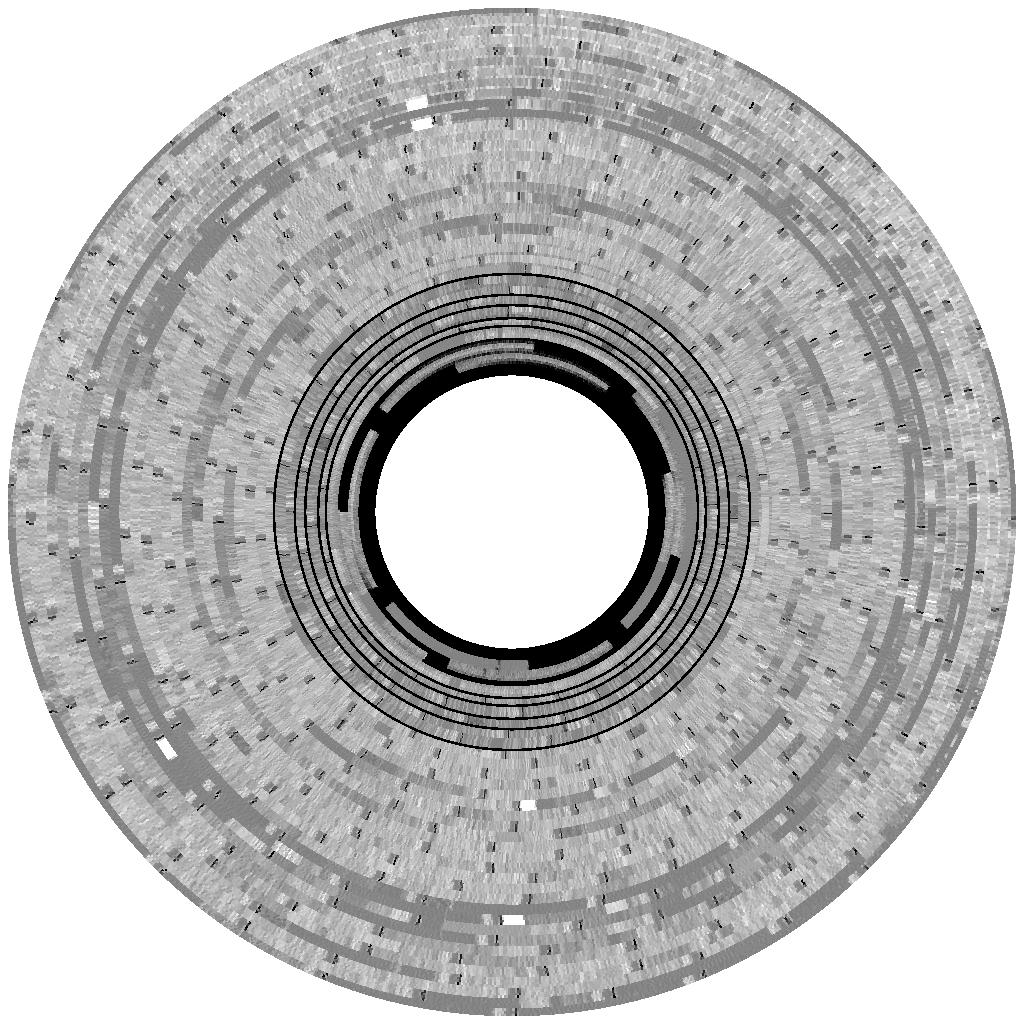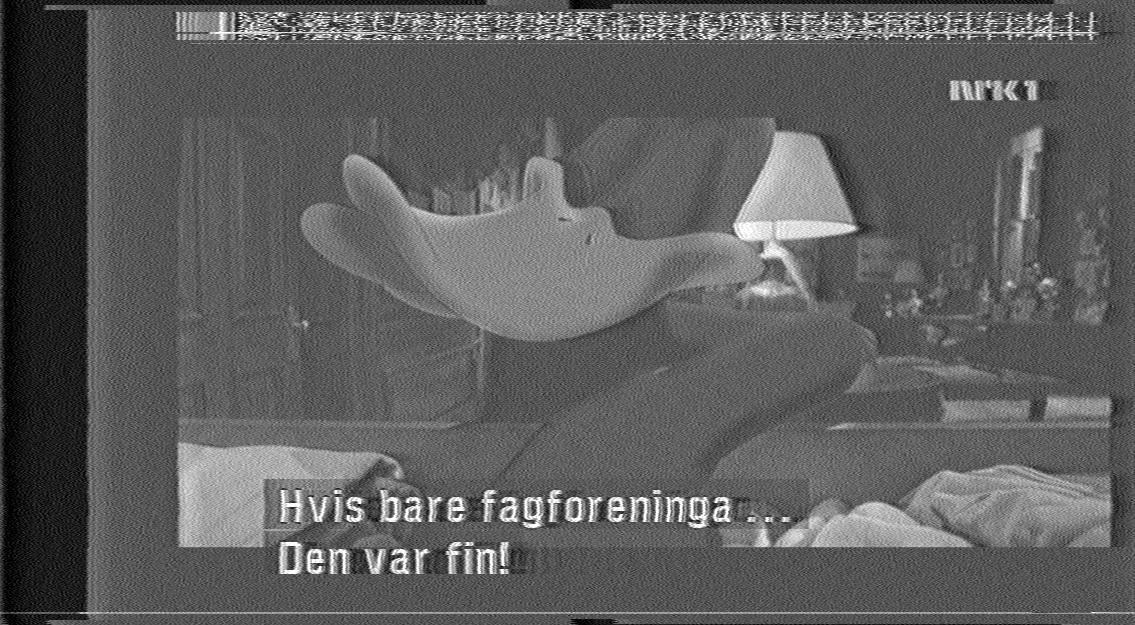Sure, let's do it. (I'm at the Internet Archive headquarters all week, this is my job, I'm in an archives mood, etc.)
https://twitter.com/mc_frontalot/status/1163483952222314496
A frequent and often mentioned concern around digital materials is that retrieving the data isn't enough - the format specifics, and especially proprietary aspects, mean we might be able to get some of the data but a whole bunch of unique aspects will be forgotten, or lost. 

However, decades of improvement in storage and processing means that we're moving away from that dark pronouncement, and one of the first big examples of this is the Applesauce FDC, an Apple II floppy reader with a huge amount of heavy work being done by the software. 





The result of this hardware is that it takes a 140 kilobyte floppy disk (140k) and reads it into a 20 megabyte (20,000 kilobyte) disk image. This means a LOT of the magnetic aspects of the floppy are read in for analysis. And they're pretty. 







This doesn't just dupe the data, but the copy protection, unique track setup, and a bunch of variance around each byte on the floppy to make it easier to work with. The software can then do all sorts of analysis to give us excellent, bootable disk images. 





The advantage of the massive 20 megabyte image existing is that if we screw up and don't account for something, we go back to the huge image and we're able to recreate and re-analyze the data, resulting in a greater chance of success. We can also make out disk damage. Like: 

What I was explaining to Frontalot on that chilly day of photography was that now that this method exists and is established, there's a great chance it could be used for other optical and magnetic formats. There are now intense efforts, meant to read Laserdiscs: 





On the left is capturing off a standard output from a Laserdisc player. On the right is using the hardware/software one-two punch with the Domesday Duplcator and ld-decode: 

But why stop with Laserdiscs. Here's an image of a VHS tape going through the same process, before any processing beyond. Here's ALL of the imaging of the videotape, the entire magnetic mess, for later software improvement. 

My belief is that the future of a lot of digital and analog-recorded digital media is that we will wholescale pull it in, "do stuff" to it, and produce some very nice, better-than-it-ever-was versions. I also believe we will decode backup tape and proprietary formats similarly.
Also, I took some pleasant photos of @mc_frontalot - who is on tour! 

• • •
Missing some Tweet in this thread? You can try to
force a refresh









